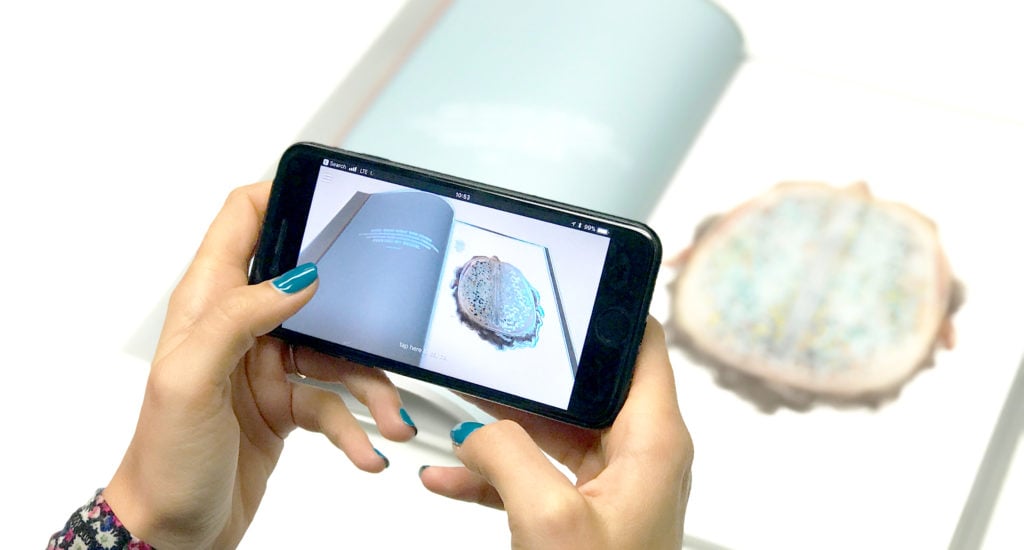
With the growing number of ways in which businesses can communicate with consumers every single day, finding the next big trend is always at the forefront of content creation. We are now able to implement new ways of interacting with people in the waiting room, so the question that needs to be asked is: how do we encourage patient interaction? How do we make things different enough to stand out for a consumer who is constantly overloaded with information? How do we compete with the dulling down of messages that we want to convey? The answer is to integrate new technology with familiar strategies in order to increase engagement and get people talking.
Augmented reality (AR) and virtual reality (VR) are the two latest technologies that can encompass everything that a marketer needs and wants in order to interact with target audiences. These immersive technologies allow the consumer to interact with brands and the messages these brands are attempting to convey. They also allow marketers to truly experiment and see what really drives their audience by seeing how they interact and react to campaigns and messages. Allowing the consumer to interact with the brand makes the brand seem “real” and allows the consumer to participate in the message that the brand wants the consumer to understand.
How Does Augmented Reality in Marketing Work?
AR is a type of technology that creates a composite view of a product, person, or area by superimposing computer-generated images into the user’s view of the real world. With augmented reality, users can react and interact with visual elements without having to be fully immersed in a scene. This provides users with a much broader range of interactions and experiences with a brand’s campaign because it can be used with any smartphone camera. For instance, a patient can use his/her phone to look around the office and see how the medical posters you have are actually videos providing a message about a procedure you offer.
Another example involves the wine company 19 Crimes Wine, who created a viral add that was a part of their wine bottle campaigns. Users would download the 19 Crimes Wine app and be able to point the camera at the bottle and see the character on the label come to life to tell a story.
The brand now has a likable and fun experience for the consumer that helps differentiate them from other competitors. This also allows 19 Crimes Wine to track more analytics and really see ROI through their campaign.
How Does Virtual Reality Improve Your Marketing Strategy?
Virtual reality is a technology that immerses the user in a simulated environment through headsets or helmets. Instead of looking at a phone or a big screen, the user is “transported” into a 360-degree environment. VR allows for brands to create an environment tailored to their target users. For instance, if a patient wanted to see your office from the other side of the globe, VR would be the least expensive way to instantly transport the individual and allow them to experience your practice. It also assures potential patients that your office is clean, well looked after, and up-to-date with the newest technology. VR provides patients with the opportunity to make their own decisions about the office and procedures that they want done.
Branch Out with New Technology
AR and VR are still in their early stages and implementing them for a marketing campaign could really challenge you to think outside the box. Despite being a nascent technology, AR and VR are the next steps in connecting with consumers and getting them to interact with a brand. These technologies are not going anywhere – they are the future of growing a business and connecting with new and old consumers. Avoiding the “brave new world” of experiential marketing could leave companies in the dust as new technologies become fully integrated into society.
